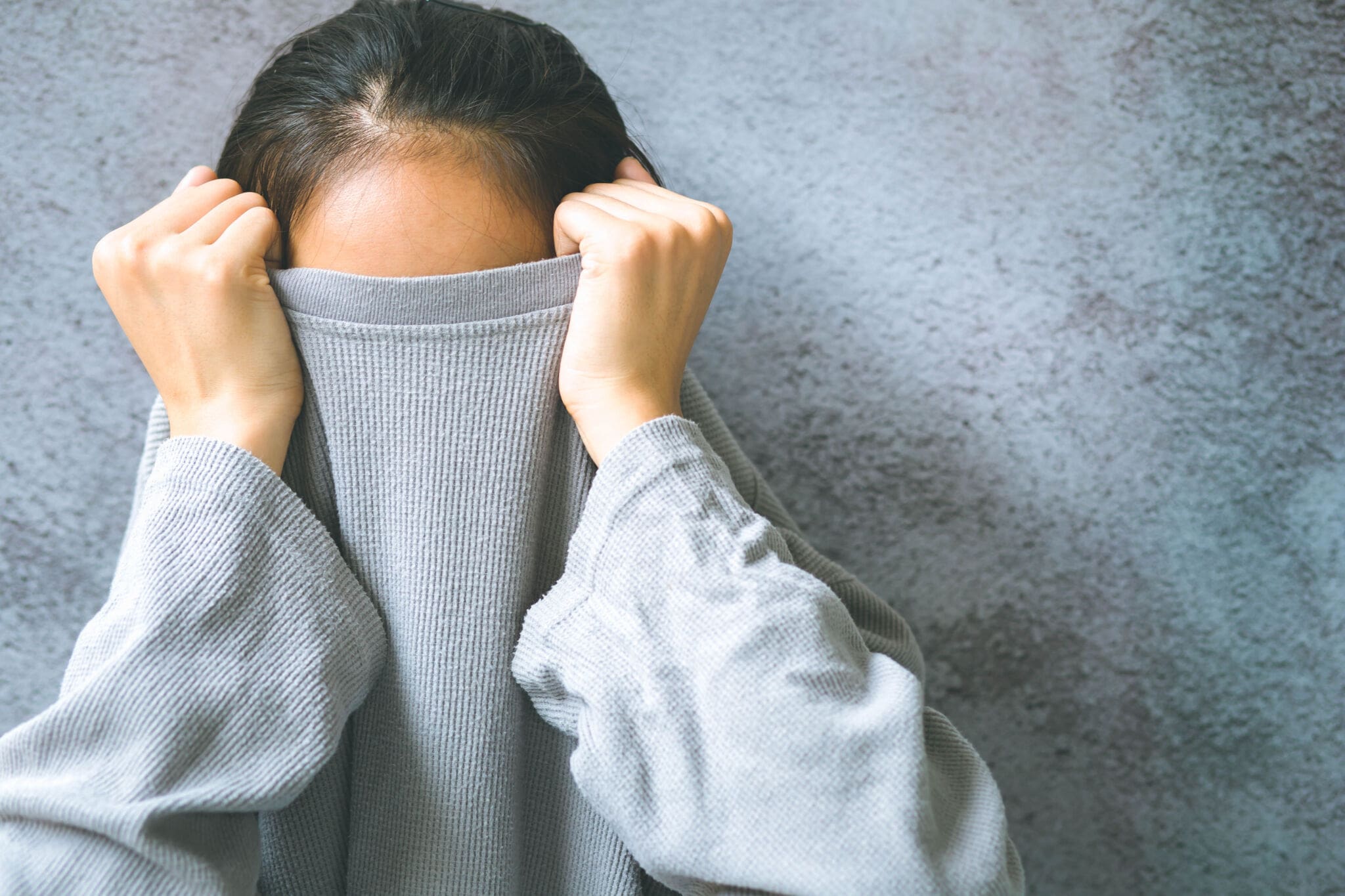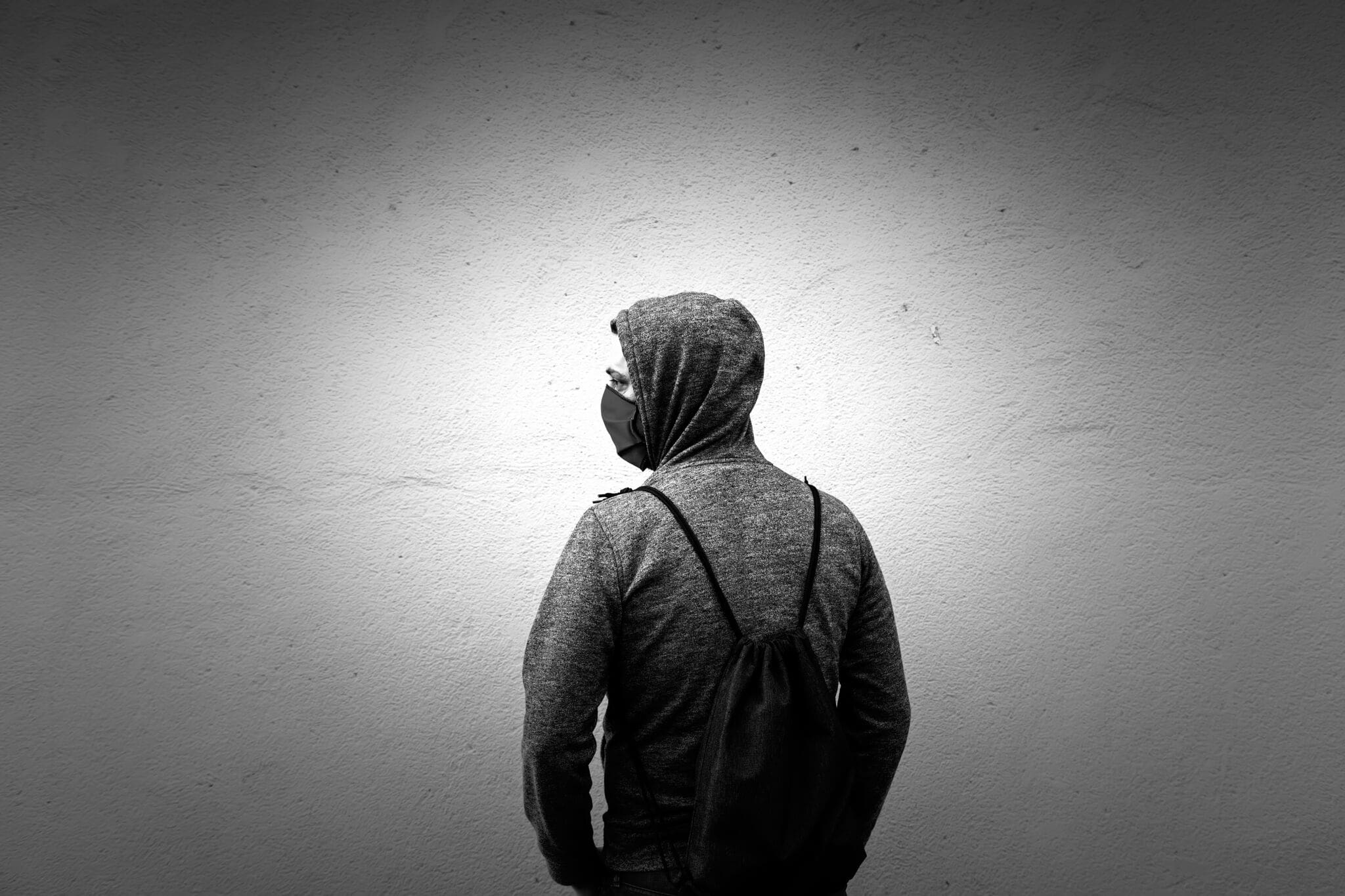In this article
What is a Sharps Bin?
A sharps bin, also called a sharps container or a sharps disposal box, is a type of bin that is specially designed for the safe disposal of sharp medical waste, such as needles, syringes and insulin pens. Sharps bins are essential as exposed sharps or sharps that have not been adequately protected or properly disposed of put a number of people at risk, including healthcare staff, refuse collectors and waste operatives.
Needles and other sharp medical supplies can cause a sharps injury, such as a laceration, abrasion or puncture wound. The sharps may also be carrying fluids, such as another person’s blood and this could transmit serious infections or diseases from one person to another via bloodborne pathogens, such as HIV (human immunodeficiency virus), hepatitis B or hepatitis C.
Anyone who uses needles and other sharps, including but not limited to medical professionals, has a responsibility to ensure they dispose of them safely. Sharps bins are a necessity in a variety of settings and scenarios, including:
- Hospital, GP surgeries and other medical settings.
- Tattoo and piercing studios.
- Dental practices.
- Veterinary surgeries
- Nursing homes and care homes
- Laboratories
- Chemists

Sharps bins are also necessary in the homes and workplaces of people who have medical conditions that require them to self-inject with prescribed medication, for example, people with Type 1 Diabetes or those who are having hormone therapy.
Sharps bins must comply with specific requirements to be considered safe:
- Puncture-proof material: To prevent injuries caused by sharp objects poking through.
- Secure lid: Often has a one-way mechanism to prevent the contents from being removed or spilling out.
- Colour-coded: Usually yellow or another bright colour, with biohazard symbols to indicate that it contains hazardous medical waste.
- Regulatory compliance: Meets standards for safe disposal of medical sharps and protection against contamination or infection.
Sharps bins are available in different sizes, depending on how much sharps waste is being disposed of daily. For example, a flu vaccination centre would have a much larger sharps bin than a school, as they will have a much higher volume of sharps disposal.
What Goes in a Sharps Bin?
Sharps bins are specifically designed for disposing of sharp items that could cause cuts, punctures or pose a biohazard risk, including:
- Hypodermic needles (e.g. for injections or taking blood)
- Syringes
- Scalpel blades
- Lancets (a device for finger pricking)
- Finished pen devices (e.g. insulin pens)
- IV catheter needles or tips
- Broken glass (e.g. from a medical vial)
- Used blood glucose testing strips
- Tattoo needles
- Piercing needles or guns
- Razor blades
A sharps bin should not be used for the disposal of non-sharps items, such as regular rubbish, other types of clinical waste, medications, batteries or electronic devices.
Sharps Bins for Healthcare and Personal Use
Sharps bins play a critical role in professional settings, such as clinical and healthcare settings and personal environments where needles or other sharp instruments are used.
Healthcare facilities, such as hospitals, clinics and GP surgeries, are among the largest users of sharps bins. In healthcare settings, bins are often colour-coded based on the type of sharps waste. These bins are strategically placed to ensure safety and compliance with strict regulations. In healthcare settings, sharps bins are provided as part of the standard safety measures.
Common uses in healthcare include:
- Medical procedures: Disposal of needles, syringes and other sharps used in injections, blood draws or surgeries.
- Pharmacy waste: Safe disposal of broken ampoules, glass vials and other pharmaceutical sharps.
- Infection control: Preventing the spread of bloodborne infections like hepatitis B, hepatitis C and HIV through proper containment and disposal.
Many people require sharps bins at home to safely dispose of needles and related items used for managing chronic conditions or self-administered treatments. Common personal uses include:
- Diabetes management: Disposing of lancets and insulin pen needles.
- Hormone therapy: Safe disposal of needles used in treatments like testosterone or oestrogen therapy.
- Allergy injections or fertility treatments: Handling sharps used for routine injections.
- Home medical care: Patients receiving care at home, such as chemotherapy or intravenous treatments, may also need sharps bins.
Safely Using a Sharps Bin
Whether in a clinical setting or a home, improper sharps disposal can lead to accidental needle-stick injuries and pose serious health risks. Sharps bins offer a secure, tamper-proof solution to keep sharp items out of reach from children, pets and waste handlers, ensuring the safety of everyone involved.
The person who has used the sharp instrument is responsible for making sure it is disposed of safely and correctly. The only correct way to dispose of a sharp is in a sharps bin, not in any other bin or container. If you are disposing of sharps in a sharps bin, there are certain safety steps to follow:
Choose the right sharps bin and check it is safe
Before you begin using the sharp object, you must find the correct sharps bin and make sure it is easily accessible. It is important to ensure the bin is approved, puncture-resistant and appropriate for the type and volume of sharps you’ll be disposing of. Check that it’s clean, intact and securely labelled with the biohazard symbol. You should also check that the lid of the bin is securely fixed to the base of the bin.

Location of the sharps bin
A sharps bin should be within easy reach and at an accessible height so that you do not have to stretch to reach the bin or carry the sharp over to the bin. The bin should be placed on a stable surface or secured to a wall mount. It should be kept out of reach of children and unauthorised individuals. It should also be stored away from high-traffic areas to prevent accidental tipping.
Disposing of sharps
There are several safety steps to follow when disposing of the sharps:
- Do not recap needles or attempt to manipulate them after use
- Do not bend or break sharps before disposing of them.
- Do drop sharps directly into the appropriate bin immediately after use.
- Do not force items into the bin (e.g. if they will not fit), as this can cause puncture wounds or punctures to the bin.
- Do not attempt to remove any sharps from the bin.
- Do not put sharps anywhere, except into a sharps bin.
- Do not put used needles back into their plastic cover or attempt to separate the needle from the syringe before disposing of it.
Do not overfill the bin
It is essential that sharps bins are not overfilled – sharps bins are considered full when they are approximately three-quarters full or when the sharps reach the ‘fill line. Overfilling increases the risk of needle spills or punctures when the bin is moved or sealed and increases the chance of cross-contamination when the bin is being collected.
Sealing the bin
When the bin is full or ready for disposal, close it and seal the lid securely. Ensure the locking mechanism is engaged to prevent reopening.
It is essential that sharps are never placed in general waste or recycling. To avoid injury, it is also important to not attempt to shake, compress or retrieve items from a sharps bin, even if a non-sharps object falls in accidentally. Additionally, any sharps bins that are showing signs of damage or are leaking should not be used, as they may be unsafe. If a full sharps bin is showing signs of damage, do not touch it and notify the sharps collector as soon as possible.
By following these safety guidelines, you can reduce the risk of injury or contamination while ensuring proper handling and disposal of hazardous waste.
Disposal of Sharps Bins
Once a sharps bin is three-quarters full or has reached the fill line, it is ready for disposal. Disposal methods depend on whether the sharps bin is used for personal medical use or in a professional, business or healthcare setting. Regardless of the setting, it is recommended to plan ahead and arrange for collection or drop-off before the bin is full to avoid delays.
There are several different ways to dispose of a sharps bin from your home:
- Contact your local GP surgery, health practice or local pharmacy to see if they can dispose of it (e.g. if you have a sharps box at home or work because you need to inject medication).
- Request clinical waste collection (only available in some local councils).
- Contact the sharps box provider to see if they handle disposals.
If you have a sharps box at home to allow you to use needles to self-medicate, but you are housebound and unable to visit a local collection location (e.g. due to disability), you may be able to register for household collection, where your local council arranges to collect your sharps bin on a quarterly basis. Remember, it is illegal to place sharps bins in your regular rubbish or recycling bin due to the risk of harm to waste handlers.
For businesses or healthcare facilities that need to dispose of their sharps bins, there are several options available:
- Licensed medical waste companies: Professional disposal services can supply bins, collect them and dispose of them in compliance with UK regulations.
- Clinical waste contracts: Healthcare providers, such as the NHS, usually have waste management contracts in place for regular sharps bin collection.
There are several laws and regulations in the UK that cover sharps disposal, including:
Health and Safety (Sharp Instruments in Healthcare) Regulations 2013
These regulations apply to businesses that handle sharps, such as medical settings and tattoo studios. The regulations cover the safe use and disposal of sharps and the procedures that should be followed if a sharps injury occurs. They also state that appropriate training must be provided to ensure all employees know how to appropriately dispose of sharps.
Hazardous Waste (England and Wales) Regulations 2005
The Hazardous Waste Regulations are designed to ensure that hazardous waste, including sharps, is disposed of safely and responsibly. Waste producers (those disposing of the sharps waste), waste carriers and waste receivers must follow these regulations and handle and dispose of sharps responsibly. The regulations state that sharps waste be stored securely before it is collected.
Sharps Bin Colours
In the UK, sharps bins are colour-coded to indicate the type of sharps waste they are designed for and how they should be treated. This ensures that sharps are disposed of correctly, depending on their level of contamination and the potential risks. The following bin colours are used for sharps:
Yellow Sharps Bins
Yellow sharps bins are only for sharps contaminated with medicinal products (except for sharps that have been contaminated with cytotoxic or cytostatic). For example, needles, syringes and other sharps used with general medicines like antibiotics or painkillers. This type of bin is part of the yellow waste stream, meaning it is for clinical highly infectious waste. This type of bin must be incinerated.
Orange Sharps Bins
Orange sharps bins are for sharps which are NOT contaminated with medicinal products. For example, clean needles or syringes used for procedures like blood collection or vaccinations where no medication residue is present. They can also be found in tattoo studios and beauty clinics. This type of bin is in the orange waste stream, meaning it is for non-pharmaceutical clinical infectious sharps waste. Once collected, orange sharps bins can be either disinfected or incinerated.
Purple Sharps Bins
Purple sharps bins are for cytotoxic and cytostatic sharps. Cytotoxic and cytostatic medicines are those which are toxic to cells. For example, needles and syringes used for chemotherapy drugs, hormonal treatments or immunosuppressants. This type of bin is in the purple waste stream, meaning it is for cytotoxic and cytostatic waste. They are destroyed by high-temperature incineration due to the hazardous nature of these substances.
How to Get a Sharps Bin
In the UK, obtaining a sharps box is straightforward and depends on whether you need it for medical purposes, professional use or personal use at home.
If you need a sharps bin for medical use at home (e.g. for diabetes, hormone therapy or other medical treatments that have been prescribed by a doctor), you can get a sharps bin on prescription from your GP or other healthcare provider. If you are receiving care at home, your community nurse can supply a sharps bin and manage its disposal. Some pharmacies may also offer sharps bins. Some local councils may also provide sharps bins, particularly if they offer sharps bin collection services. If you don’t qualify for a free sharps bin with the NHS, they can be purchased online or via a pharmacy. However, it is essential to make sure the bin complies with the UK standards.

If you need a sharps bin for professional use, you cannot obtain one the same way as people who require them for personal use. If you run a business that generates sharps (e.g., a tattoo studio or beauty salon), you must comply with waste disposal regulations. You will need to contact a licensed medical waste disposal company to supply bins and arrange collections. You can also purchase sharps bins from dedicated tattoo supply stores or online retailers but remember to always use a licensed waste disposal service for proper collection and disposal.






